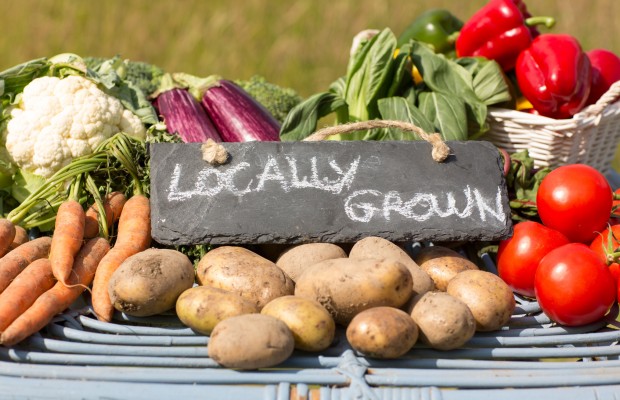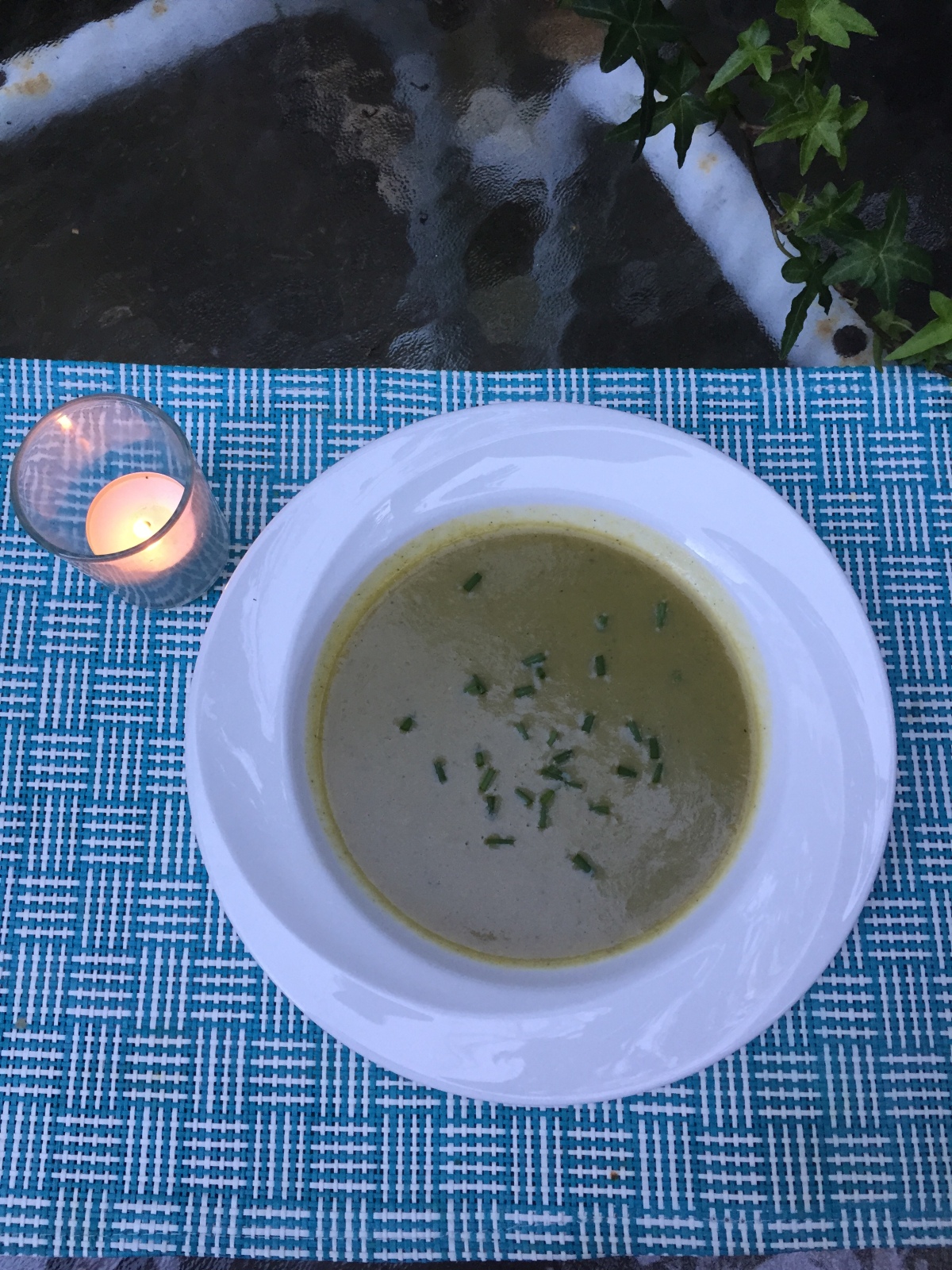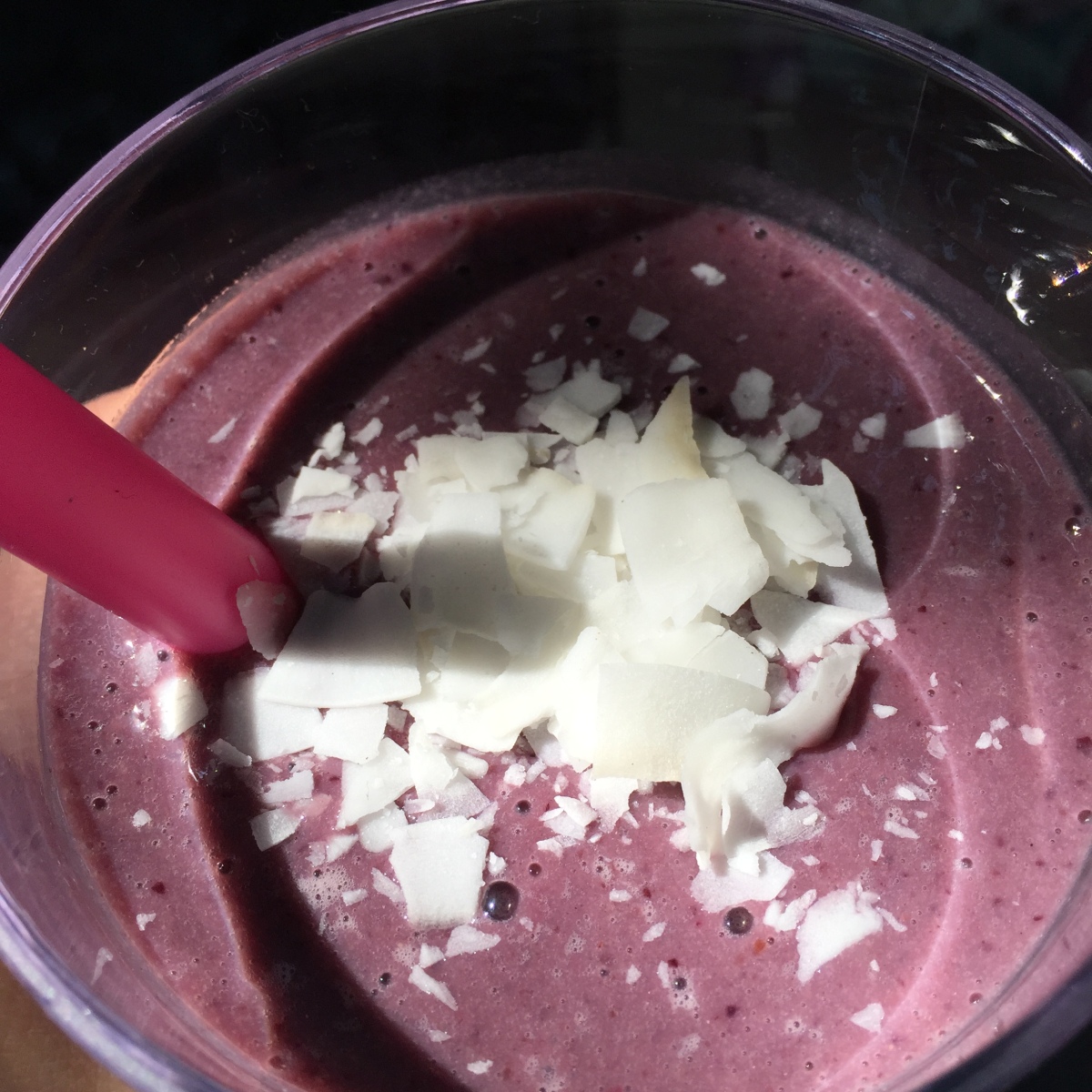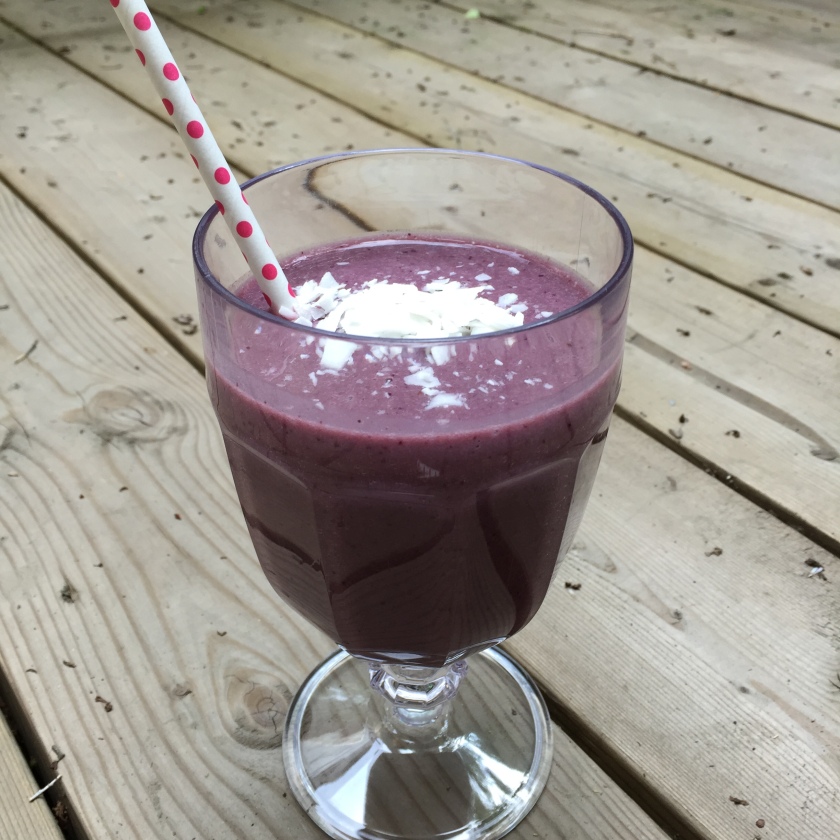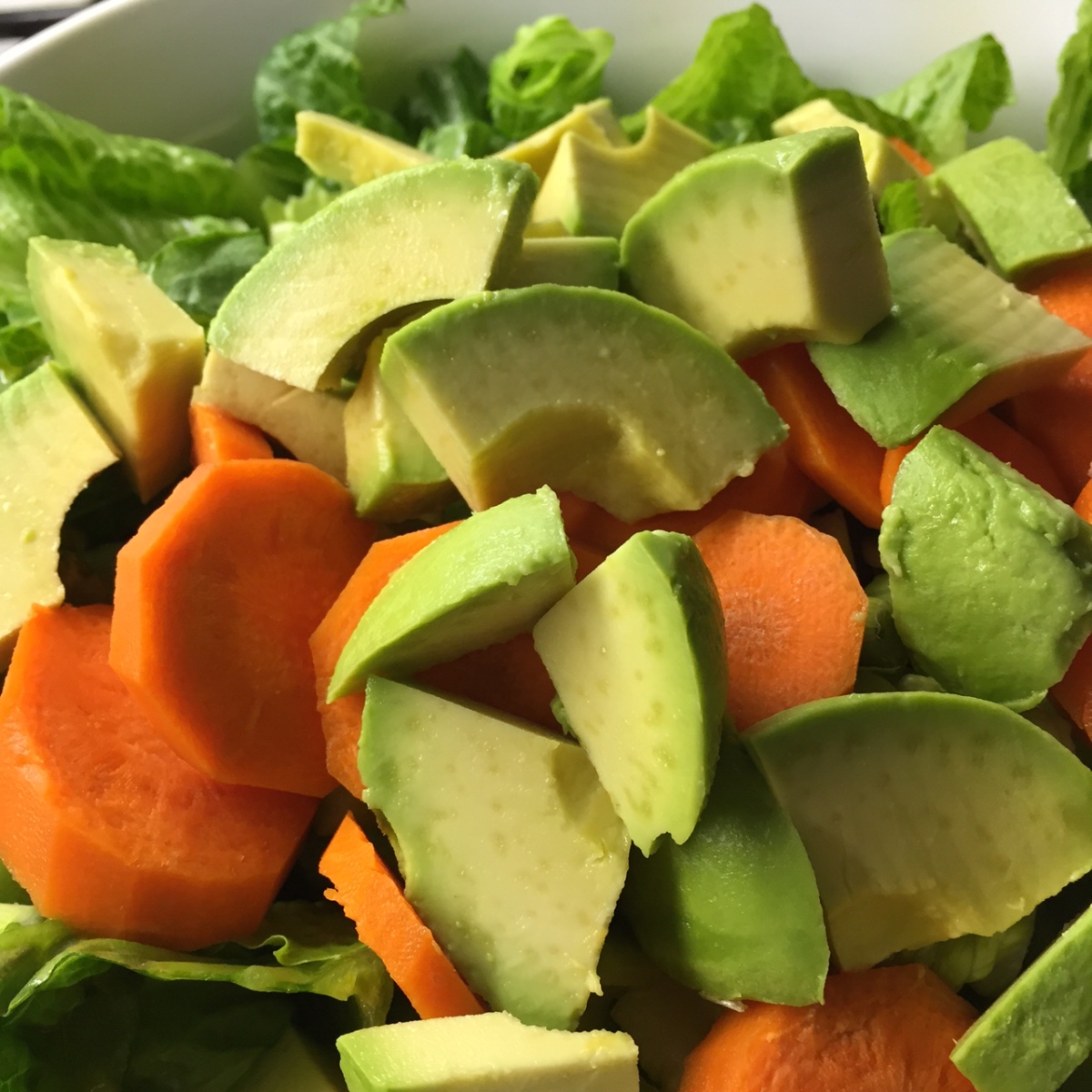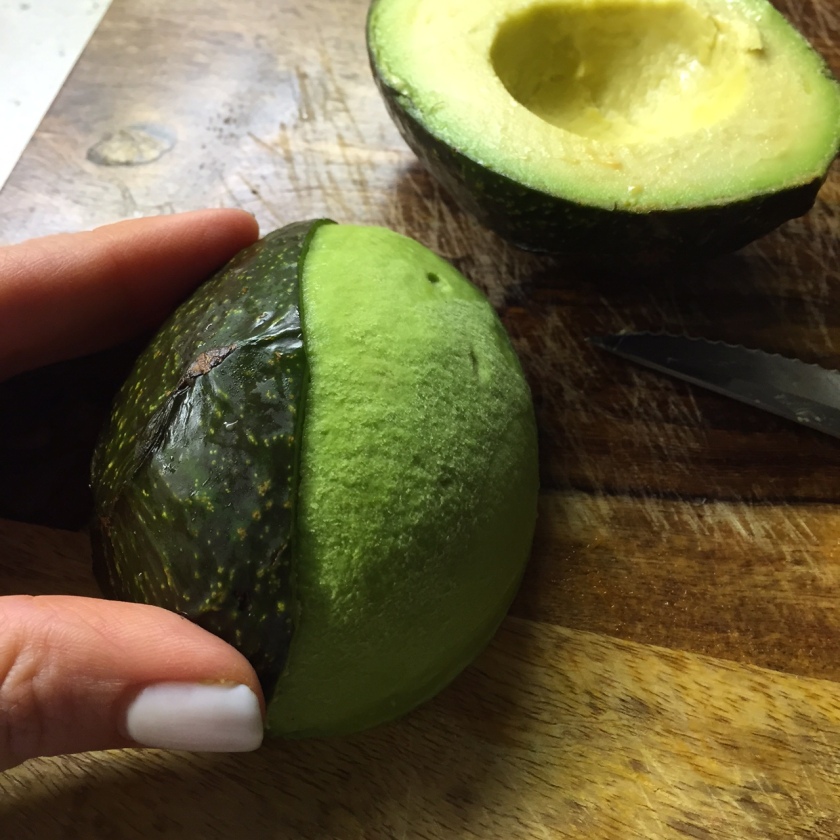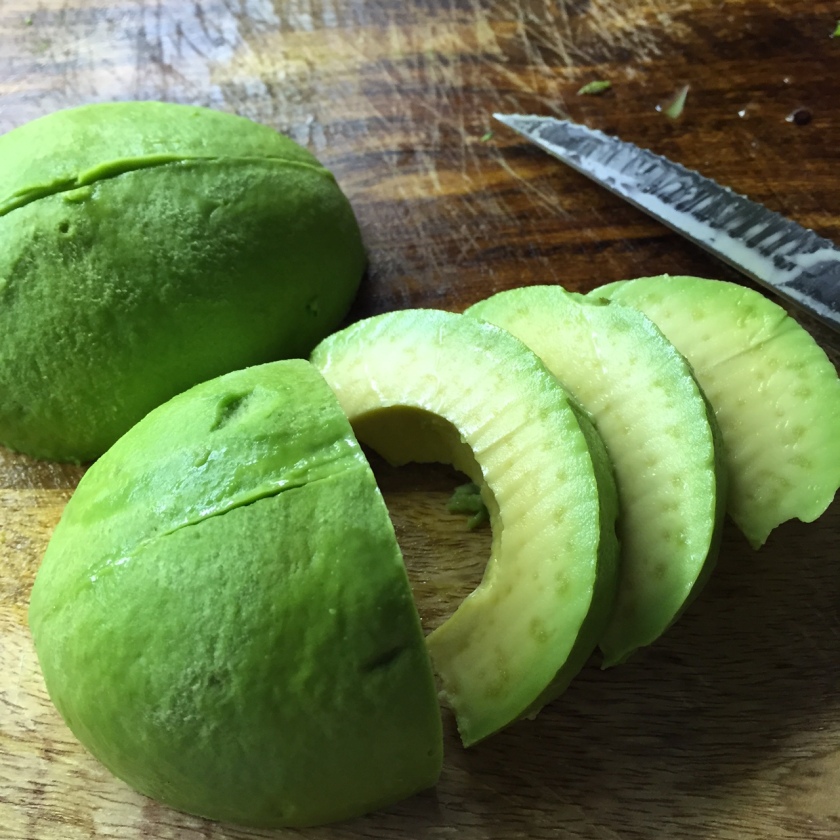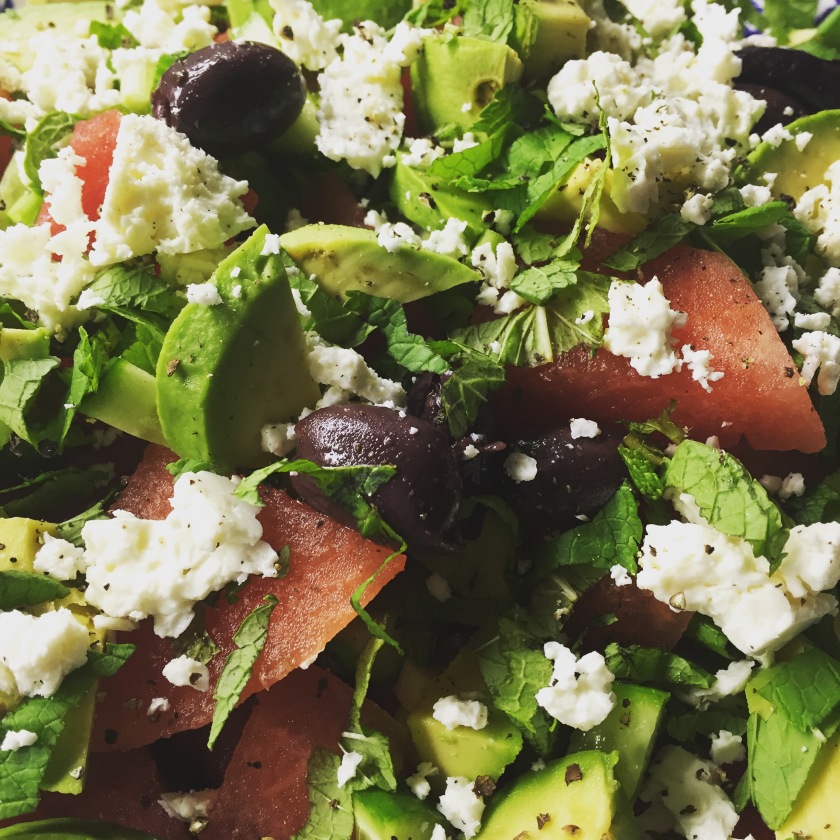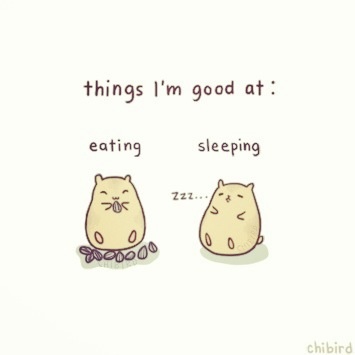So many choices, too many opinions. This time of year, many seek the holy grail of health, leanness and fitness packaged in an easy one-size-fits-all package. If only that would work. The problem with mass appealing diets is the fact that they are “mass-appealing”. I don’t look, act, function, think, smell, taste, or behave exactly 100% like another human being, so why would I think I could get the same results following the same protocol? In other words, most of us cannot function optimally with a cookie-cutter approach to our lives and this includes our fitness routines and nutrition plans.
Sadly, the worst form of evidence is first person “this worked for me, so therefore it will work for you”. Another poor example of relatable science is to follow what worked in a lab with little white mice. I am larger than 4 inches long and the last time I checked, I would not be classified as a small rodent. So it is with this rationale that I share my advice for the healthiest diet for 2017.
Lately, the hot topics around the gym water-cooler seem to focus on anything anti-inflammatory and pseudo-science diets. When people are asked if they understand inflammation, most stare back with a look that says it all. Inflammation is the body’s protective response to pathogens or mechanical stress that threaten to do harm to our tissues. Therefore, inflammation is considered an instrument of intuitive immunity, as compared to adaptive immunity. For example, you cut yourself or twist your ankle. Both injuries will cause swelling, heat and redness. Your body quickly employs the same methods to halt or eliminate further cell damage regardless of the origin of the trauma. Inflammation is further classified as either acute or chronic. Acute is the former, chronic is the precursor to disease. So it is with this consideration that we are now realizing two things: 1) We need to keep our levels of inflammation down and 2) If nutrition plays a role in this process, is it a contributor or a protector?
Homocysteine is a by-product of animal protein metabolism and when found in elevated concentrations, has been linked to a higher risk of heart disease by damaging arterial walls, blood platelets and increased clot formation. There is also evidence that Alzheimer’s and other neurodegenerative diseases are linked to higher levels of homocysteine. Low fruit, vegetable, leafy green consumption along with high animal protein intake puts one at an increased risk for having the highest levels. Other factors include high levels of stress, poor diet, poor lifestyle, and high coffee and alcohol consumption. DON’T STOP READING!!! HEAR ME OUT!! We are complex chemistry labs and too much of one thing and not enough of another element and the whole process gets thrown off. Hopefully you can see the connection that if you only consume one type of macro instead of consuming a wide variety, you shortchange your lab of necessary and key components. I promise not to suggest a vegan lifestyle, but meatless Mondays could do wonders!
So it is with amusement that I read The Top Diets for 2016 and answer questions from clients on what is the healthiest or quickest way to lose body fat or both! List is not in order of effectiveness.
- Flexitarian & Vegan Diet
- DASH Diet (Dietary Approaches to Stop Hypertension)
- FMD (Fasting Mimicking Diet)
- TLC Diet (Therapeutic Lifestyle Changes)
- Mediterranean Diet
- Weight Watchers
- Bulletproof Coffee
- Paleo 2.0
- Jenny Craig
- Raw, Low G.I., Low Fat, Low or No Carb, etc., etc., etc.
Every one of these nutrition plans requires you to focus your attention on their plan without deviation.
- Phase I – Quick start to weight loss (macros are cut and calories greatly reduced)
- Phase II – Further weight loss through adjustments to intake thereby helping you to reach the next phase.
- Phase III – Weight management through less structure, adherence but still “on the plan”
- Phase IV – With the exception of the first 4 – many of the more popular diets focus more on results with “pop culture science” than overall health. While I cannot argue with the wildly successful results Weight Watcher followers achieve using their point system, I fundamentally have a problem with a system that allows you to eat anything as long as you are in your range. Strong WW proponents defend this over-simplification with the rationale that they still encourage participants to eat more nutritious foods but those not in the know will always choose the melba toast for low points than the quinoa salad for 6.
The Paleo diet/lifestyle strongly supports the removal of potatoes, grains, pseudograins and legumes (don’t get me started) but I love that it also supports the elimination of artificial anything, sugar [pop, candy, junk food], hydrogenated oil, dairy, fast food, and processed foods. Rationale: We are to eat as our ancestors did during the pre-Neolithic era. The hypothesis is, this is when humans screwed all things nutrition up … That is a lot of guilt and undoing!
The Bulletproof Diet is marketed as a biohack that makes it possible to lose fat, increase mental focus and energy without cravings. It is also an anti-toxin diet which encourages you to identify and eliminate your food sensitivities. Food allergies involve an immune response and potentially life-threatening anaphylaxis. Food intolerance can be similar to allergies and while they may not be life-threatening, continued exposure can damage the lining of the small intestines. Food sensitivities are a catch-all category that includes headaches, low energy and some people express feeling brain fog. While these symptoms are not life-threatening they may still be unpleasant. This is what you do:
- Drink “Bulletproof Coffee” for breakfast every day (it is suggested you drink their low-toxin blend) coffee with grass-fed butter and MCT oil; limit other meals for intermittent fasting.
- Eat lots of vegetables, approved fats, some grass-fed protein, a little starch/fruit.
- Avoid sugar, sweeteners, processed foods, gluten, corn, dairy (except grass-fed butter).
I’m down again with the elimination of sugar, sweeteners, processed foods. Eating lots of veggies and healthy fats are also high on my list of all things healthy but for the life of me, I cannot justify “little fruit”. Fruit provides hydration, fibre, vitamins, minerals, and enjoyment! I have clients that only have to look at diets high in saturated fat and their arteries choke up from a sharp rise in their LDL. How much fibre is recommended on this plan? And what are these toxins found in coffee? I believe they are thought to be molds but modern-day roasting and coffee prep all but guarantee a toxin-free product.
Sorry, but here we go again with the gluten-free debate. Can someone please educate me on why if someone is not intolerant, sensitive nor celiac they benefit from a gluten-free diet? This is just plain non-sense. In other words – a high fibre, low processed, sugar and salt free gluten-rich bread will not harm you unless you are part of the above mentioned gluten-free cohort. Bulletproof does provide some unintentional brevity – foods are classified as either bulletproof (allowed), suspect (exercise caution) or kryptonite (forbidden). Here is a directive from the Chewto website after one has been following the BP plan for a while:
- “If you want, try eating a few more carbs in the evening, and if your pants get tight, simply cut back. You might even have starch in the morning sometimes if you really want to, as you now know your body is resilient and can handle it” How do you know if they can handle it? And isn’t it just plain smart to cut back on everything if one’s pants get tight?
I am unimpressed with the lack of rationale for eating less fruit and healthy whole grains than I am with putting butter in your coffee. I can defend the grass-fed butter vs grass-fed cream debate that seems to populate the website chats. Butter has a milk fat percentage of around 80%, whipping cream is 35% – this whole diet premise is based on a 50 to 70% intake of fat. Fat provides more than twice the energy needs gram for gram than do carbohydrates and protein. Hence, the reason one may be able to go six hours without the need to eat.
While we could all benefit from razor-sharp mental focus, endless energy and no cravings, this nutrition plan is still lacking in basic nutrition. I also suggest caution when consuming sugar alcohols such as sorbitol and maltitol. These sugar alcohols can be found naturally in fruit but many that are used in sugar-free drinks and gum are manufactured. (I am unclear if the manufactured ones are allowed) Diabetics still have to count these alcohols as carbohydrates and everyone should go easy on the amount they ingest; they are effective laxatives, contribute to bloating and uncomfortable gas.
I know a few people who swear by the Bulletproof method and I am curious to watch them evolve over time. I respect their individual decisions but I could not see 3/4 of my clients who take meds for various heart diseases adopting this eating plan. Again, individualization is the key to any nutrition plan.
So the answer to my own question is this: Choose a lifestyle that places an emphasis on: ↓inflammation ↓ LDL or BAD cholesterol ↑HDL or GOOD CHOLESTEROL ↓Blood Sugar Highs/Lows ↓Body Fat ↑Body Alkalinity ↑Energy ↓RISKS of Cancer, Heart Disease and Stroke ↓Negative impact on the environment, ↓toxic load on our livers.
Remember the wise words of Hippocrates: “Let Food be thy medicine and medicine be thy food. There are in fact two things, science and opinion; the former begets knowledge, the latter ignorance.” To conclude:
- Eat whole foods – not processed
- Eat off of plates – not platters
- Respect your body & the environment – eat mainly plants
Below is an easy meal that will increase your intake of folic acid and other B-vitamins that help lower levels of homocysteine.
Grilled salmon, chicken or tempeh with lightly steamed broccoli, Brussels sprouts or asparagus and a tossed salad that includes leafy greens and sweet red peppers (vitamin C to help absorb the iron in the greens), is delicious and will provide three B vitamins (folate, B6, B12) that are associated with the prevention of Alzheimer’s and cardiovascular disease.
Smashed avocado on whole grain toast (gluten-free if needed) with hard-boiled egg whites and a sliced orange.
References: J. W. Miller, PhD, R. Green, MD, D. M. Mungas, PhD, B. R. Reed, PhD and W. J. Jagust, MD. Homocysteine, vitamin B6, and vascular disease in AD patients. Neurology 2002;58:1539-1541. Sachdev PS, Valenzuela M, Wang XL, Looi JC, Brodaty H.Relationship between plasma homocysteine levels and brain atrophy in healthy elderly individuals. Neurology 2002 May 28;58(10):1539-41. Nilsson K, Gustafson L, Hultberg B. Relation between Plasma Homocysteine and Alzheimer’s Disease.


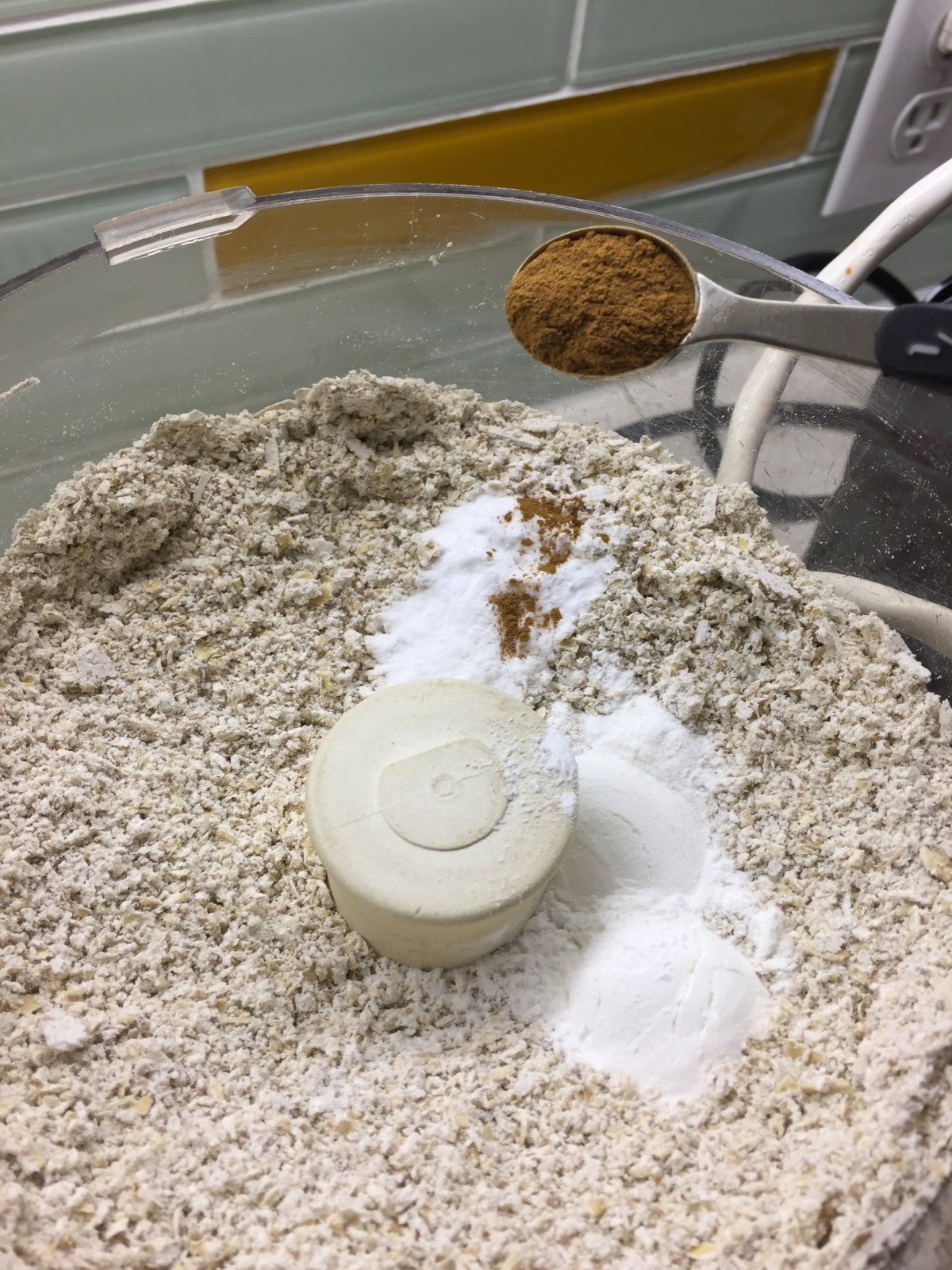

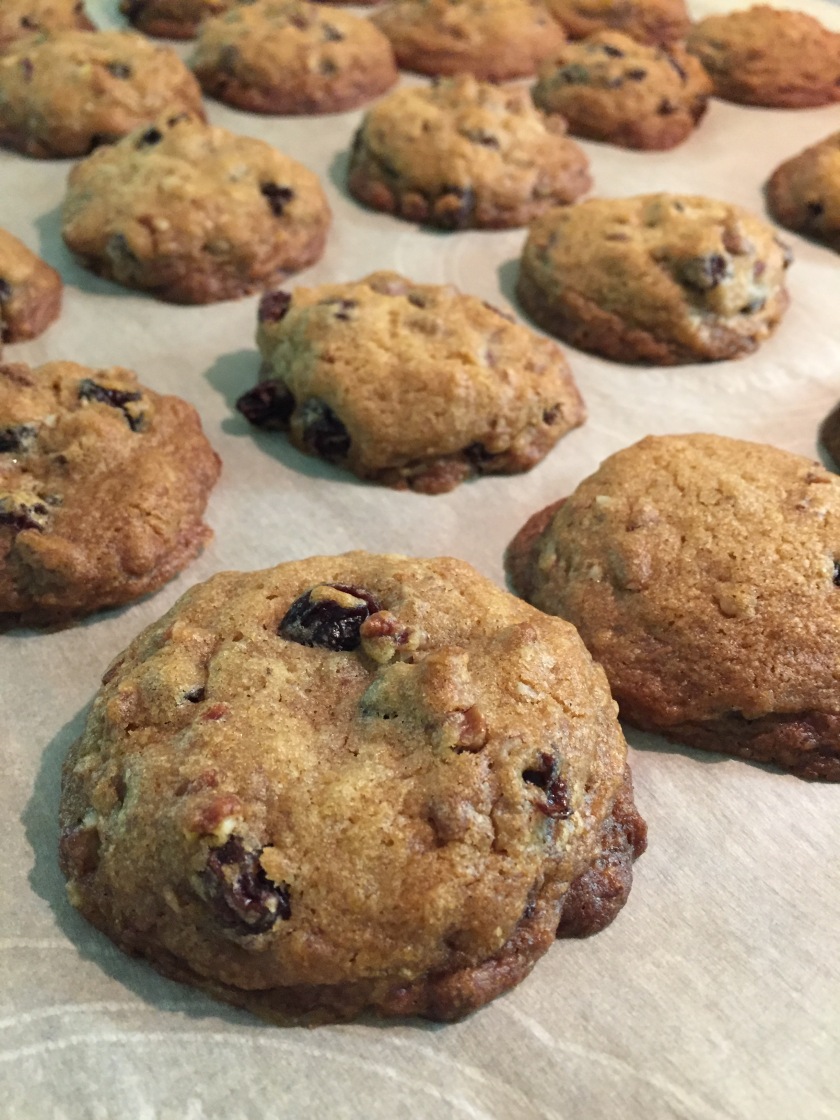 These cookies have magical, almost unicorn-like properties. You only have to eat one to feel wonderful. How could you not? Cinnamon, pecans, chocolate and raisins mixed with a gooey centre, hot out of the oven equals N I R V A N A.
These cookies have magical, almost unicorn-like properties. You only have to eat one to feel wonderful. How could you not? Cinnamon, pecans, chocolate and raisins mixed with a gooey centre, hot out of the oven equals N I R V A N A.
 That catchy little jingle (from a well-known office supply store) is playing over and over in my head “it’s the most wonderful time of the year …” Fresh, fragrant and colourful produce is abundant. The summer’s bounty brought us crops of berries, watermelon, sweet corn, peaches, nectarines, lettuces, cucumbers, tomatoes, and zucchini. September’s harvests are rich with beets, mushrooms, bell peppers, and stone fruits. Eating fresh food is part of the joy of living. So it’s hard to imagine that with all this appetizing, nutrient-rich food only one-third of adults and children are consuming the recommended two servings of fruit and three servings of vegetables daily. Fruits and vegetables are full of water, fibre and phyto-nutrients. When consumed raw, a plant-based diet also supplies live enzymes. Enzymes aid in digestion, breaking down the food particles for energy, thereby lessening the burden on our pancreas, liver and other organs that are overworked.
That catchy little jingle (from a well-known office supply store) is playing over and over in my head “it’s the most wonderful time of the year …” Fresh, fragrant and colourful produce is abundant. The summer’s bounty brought us crops of berries, watermelon, sweet corn, peaches, nectarines, lettuces, cucumbers, tomatoes, and zucchini. September’s harvests are rich with beets, mushrooms, bell peppers, and stone fruits. Eating fresh food is part of the joy of living. So it’s hard to imagine that with all this appetizing, nutrient-rich food only one-third of adults and children are consuming the recommended two servings of fruit and three servings of vegetables daily. Fruits and vegetables are full of water, fibre and phyto-nutrients. When consumed raw, a plant-based diet also supplies live enzymes. Enzymes aid in digestion, breaking down the food particles for energy, thereby lessening the burden on our pancreas, liver and other organs that are overworked.